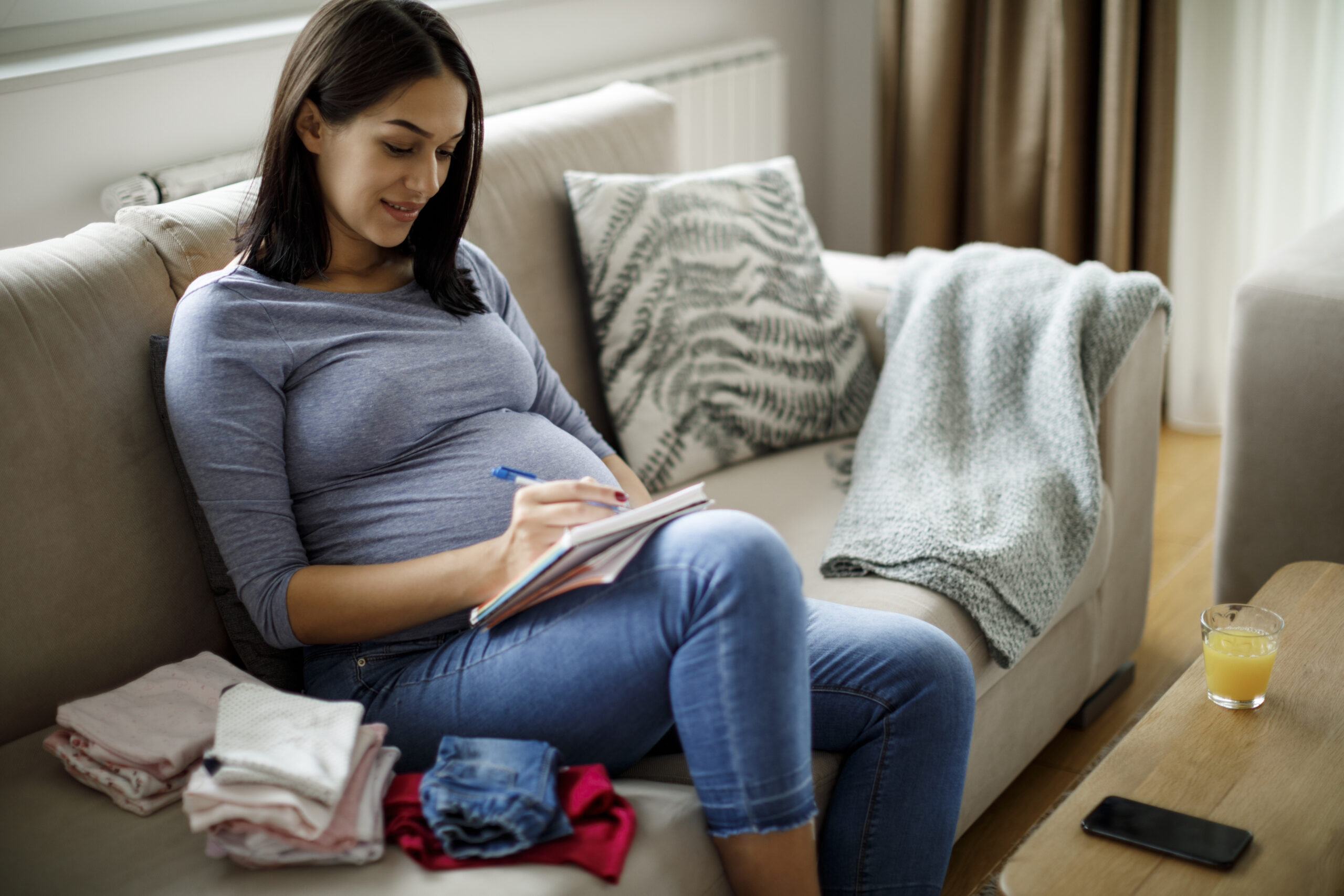
If you’re a mom with an infant, toddler, or baby, you’re probably swimming in piles of clothing for the little one. There are so many sizes of baby clothing in their first year that it can be overwhelming to keep track of every growth spurt (which is basically weekly!) and before you know it, everything is too small. On top of that, for each season you also have to consider the clothing items like swimsuits and sandals or sweaters, winter coats, hats, and boots. If you have a network of new moms, a great idea is to do a clothing swap of gently used or unused clothing your child no longer needs. The best way to get a handle on the stockpiles of baby clothing is to really assess what your child will need for the coming year and create a shopping list for each size you’ll need going forward.
Getting a True Fit

Clothing brands try their best to help with finding the right size. Most online stores will have a clothing size guide available so you can do a quick measurement of your child and know what size will fit. Even better, some brands are using a guide called True Fit.
“At True Fit, we are experts on how clothes and shoes fit," the brand notes. "We've analyzed data from thousands of brands to understand the size and fit differences between them. When you tell us one item that fits well, we can tell you how any other item will fit. This means you can be confident you're buying the right size the first time. They store your information in the system so you know what size your children are across brands that are part of the True Fit size guide family.”
Old Navy, Gap, The Children’s Place, and Carter’s, among others, are all part of the True Fit network. You just plug in a brand and size that fits your child currently, and it converts it to the size your child would be in another brand. For example, If you’re on the Old Navy website looking for a dress, its sizes are XS-XL. If you use the True Fit size guide (which is shown under the sizes) it will ask you daughter’s age and size in the Children’s Place or Lands’ End dress she currently wears that fits her best. Let’s say it’s a size 6, then it will show you what her size would be in the Old Navy outfit — in this case, size S.
Baby Clothing

Baby sizes are the easiest to figure out. Newborn, infant, and little baby clothing sizes come in terms of months, so they’re made according to the average size of babies at certain ages. If your child is a little taller, smaller, thinner, or thicker than the “average,” not to worry, you can just size up or even sticking in their age range will give them a pretty good fit. For example, 6-9 month clothing is usually the same size as 9 month clothing.
Toddler Clothing

As babies become toddlers, they’re more active, which means crawling, trips, and fallings, and … potty training. You’ll want soft yet durable clothing that can withstand this phase of discovery and movement and pants with elastic waistbands are the absolute best. No one wants to be worried about zippers when you have to go potty, especially a 2-year-old! There will definitely be more accidents, so you’ll need more changes of clothing as well.
The best clothing to stock up on for this time are basics — simple slip-on and off tops and bottoms. The sizes for toddler clothes are in kids' ages according to years. Toddler sizes are generally denoted by a T after the number.
While shopping, you may notice that certain brands stop at 4T and others continue to 5T. So it would be 3T, 4T, 5T for somewhere like Old Navy. If there’s a store or brand that does not carry 5T, the sizing will usually go 3T, 4T, then XS/4 would be the next size.
Children's Clothing

Depending on whether or not you’re a parent who likes — even loves — fashion, this could be a fun phase for you and your child. Or it could be a nightmare.
Even young kids have opinions on what they’d like to wear and how they’d like to look, so ask them what colors and styles they prefer. It's fine to stick to basic tops and bottoms, but kids may want to express themselves more with styles embellished with a pocket here, a fun print there, or feature a graphic print, character or cartoon they like.
From ages 4 to 6, boys and girls clothing have the same sizing parameters on size charts. The sizing then splits once they no longer coordinate with age.



